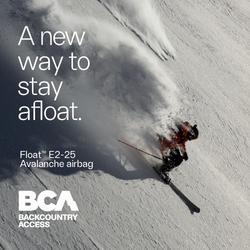Forecast for the Provo Area Mountains

Issued by Drew Hardesty on
Tuesday morning, February 4, 2020
Tuesday morning, February 4, 2020
Most terrain has LOW danger. Areas of MODERATE DANGER, however, exist in the higher elevations and open bowls for new snow avalanches. Human triggered dry sluffs and soft slab avalanches are possible.

Low
Moderate
Considerable
High
Extreme
Learn how to read the forecast here




